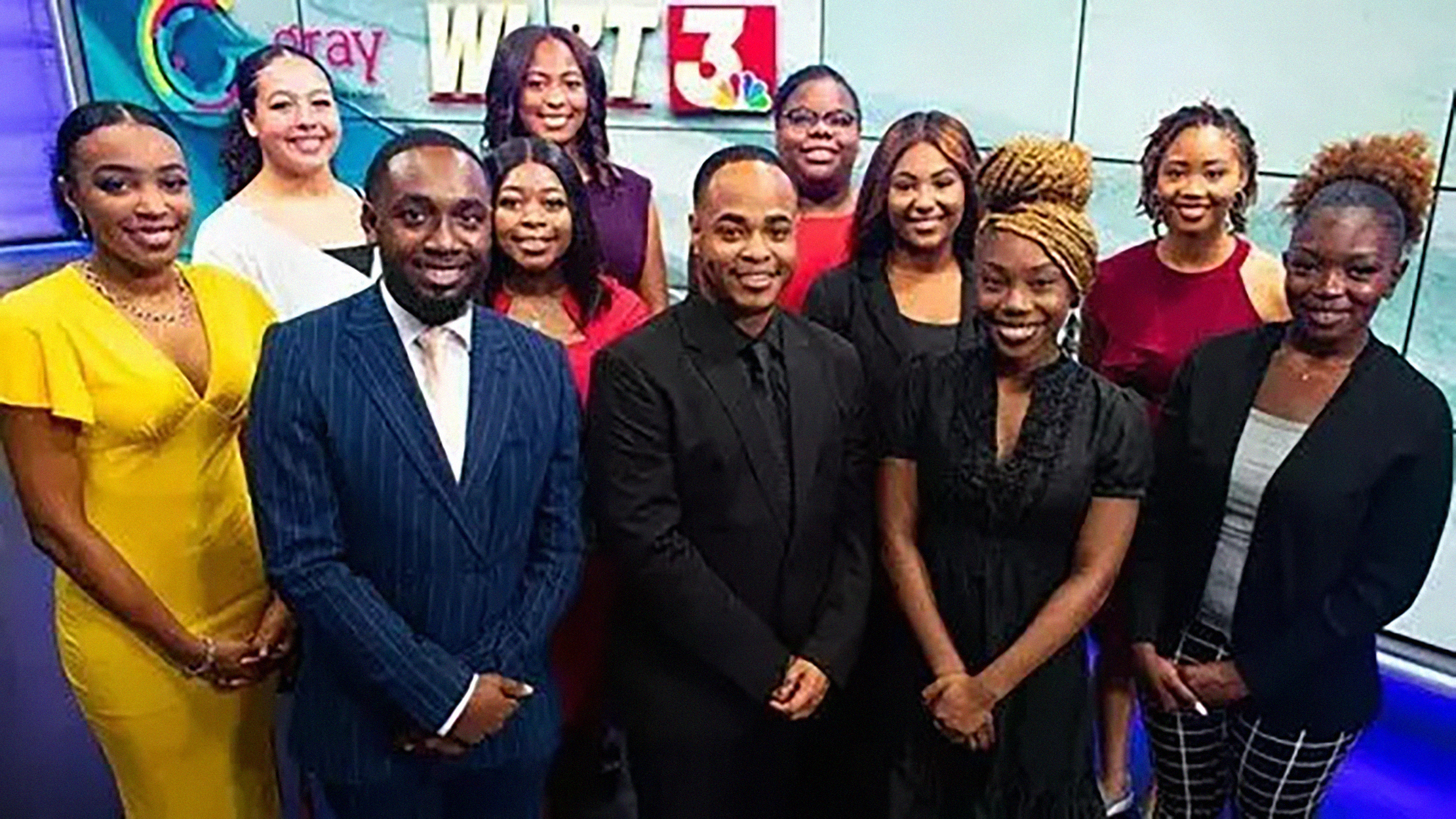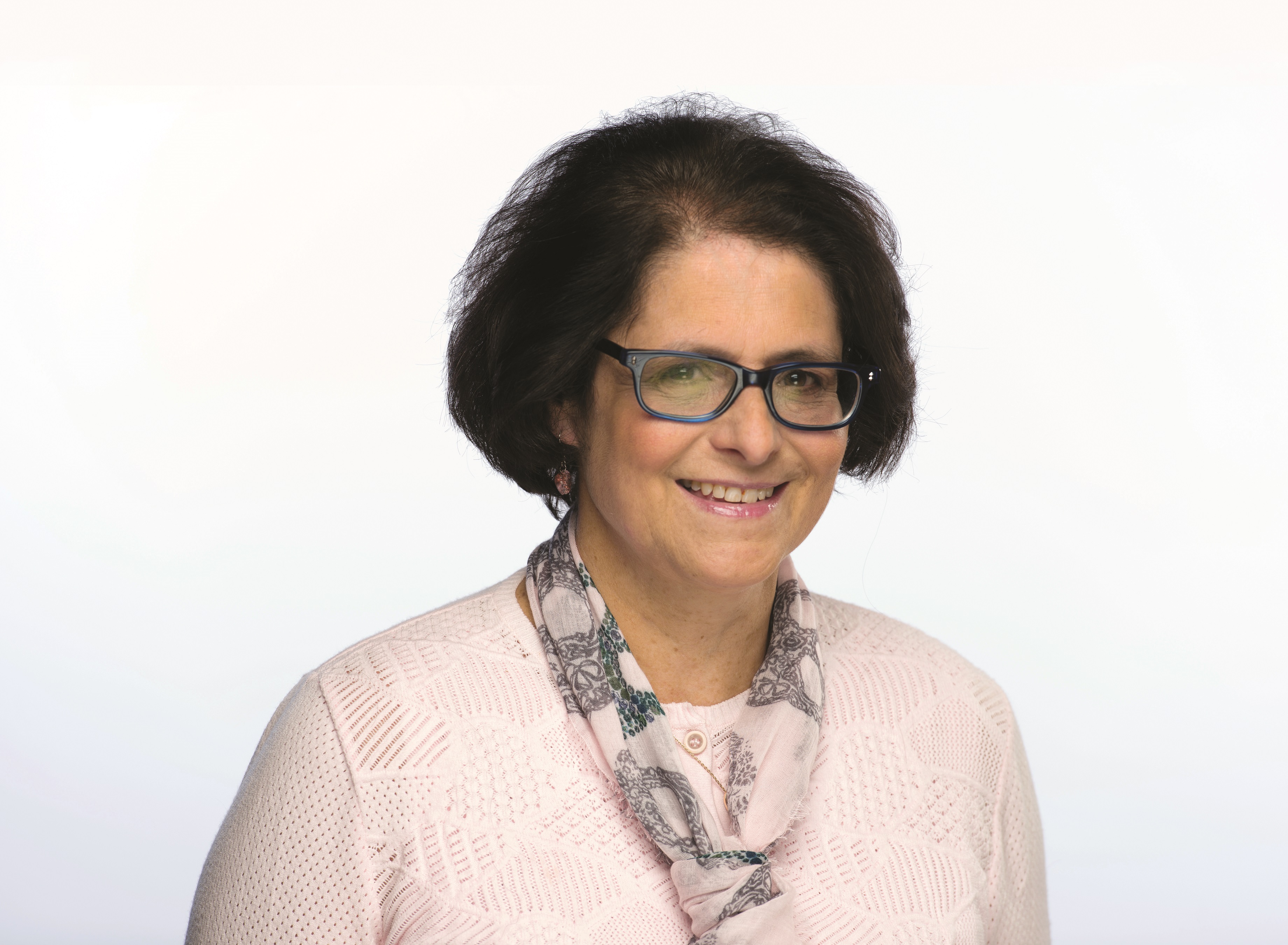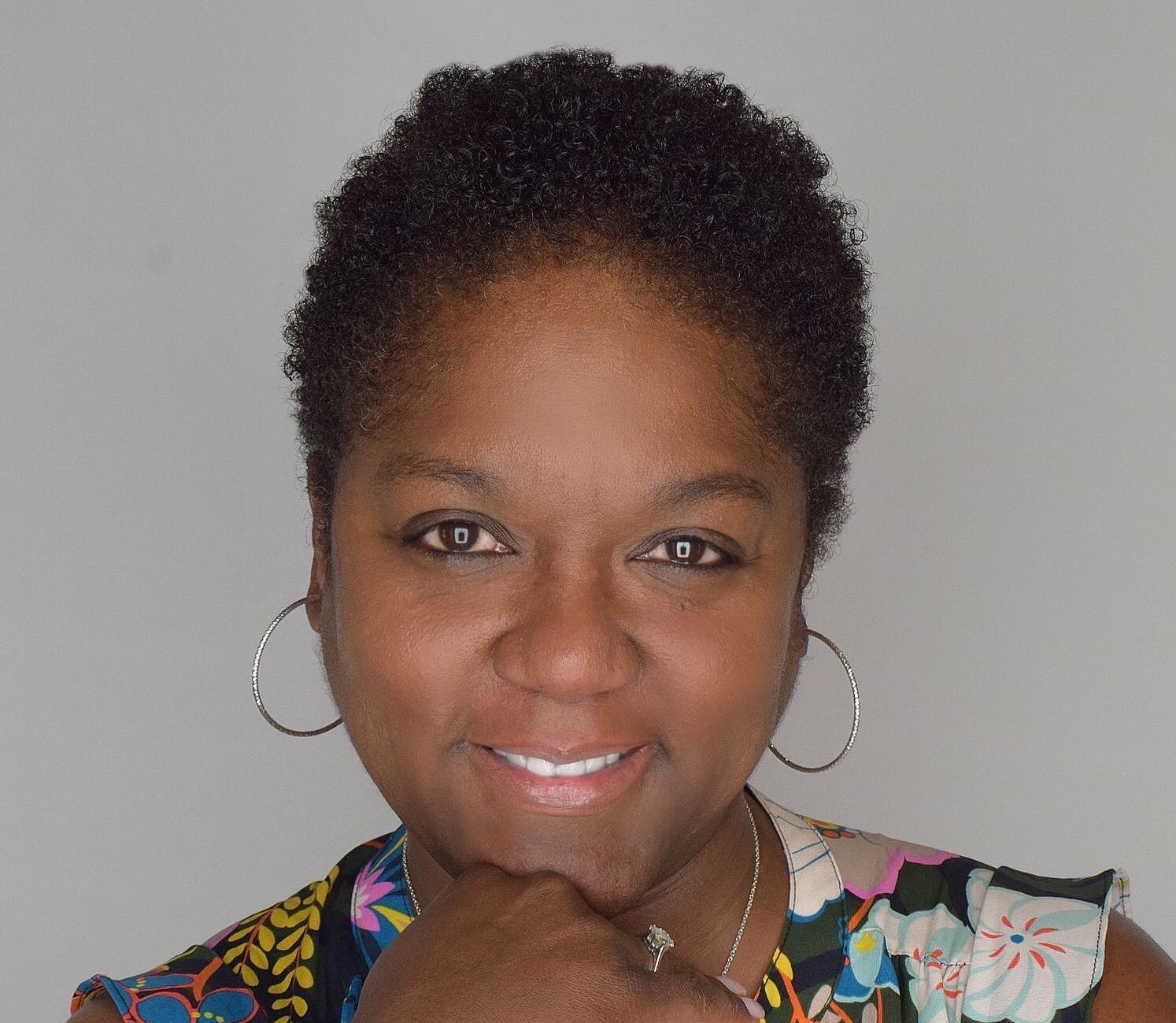Solving Broadcast’s Talent Crisis
Primary challenges include competition for better pay, inclusiveness

ONTARIO—The broadcast industry is facing a human resource crisis as experienced engineers retire and potential new hires are more attracted to IT with higher pay. At the same time, underutilized workforce segments including women, people of color, and veterans offer a wealth of talent to the industry that has yet to be fully tapped.
These facts pose two key challenges to TV broadcasters large and small: How does the industry compete with IT to recruit new blood? And how can it attract a more diverse workforce that better reflects society?
The ‘IT’ Factor
There appear to be two reasons that broadcasters have trouble competing with the IT industry for new talent.

The first is money: IT pays more than TV. “Our number one, two and three problems are salary, salary, salary,” said Jim Ocon, president of Ocon Solutions (a product interface and integration company), and chairman of OConsortium (a group of independent companies focussing on cutting-edge media technology). “The challenge here is that broadcast TV engineers are not being paid at a par with what they can make in IT, at a time when our industry is becoming more IT-driven.”
According to the Society of Broadcast Engineers, which conducts an annual salary survey, the TV and Radio group has an average (all title and markets) of $89,630 with SBE Certification, and $93,242 with SBE Certification.
Those amounts are hard to compete with when IT companies can offer starting salaries as high as in the low six figures.

“Compensation is obviously a powerful incentive when accepting a job,” said Andrea Cummis, CBT, SBE president. “It certainly is in the interest of the station owners to hire quality talent. Broadcasting is a technical industry. Qualified technical personnel ensure the facility and the operation will function at their maximum capability. Attracting and retaining qualified technical personnel is in the long-term interest of owners and operators.”
The professional video industry's #1 source for news, trends and product and tech information. Sign up below.
In a bid to address this problem, Gray Television recently boosted its minimum wage to $18 per hour company-wide on Oct. 1, 2022. Roughly 2,000 employees received a raise as a result of this new policy. Still, the best remedy to IT’s salary advantage is to match what they offer, or beat it.
The second reason is perception. Millennials and other prospective new hires see IT as “cool,” while broadcast TV— which they identify with their parents’ generation—is not. Ocon advises broadcasters to seek out those who are passionate about broadcasting at the earliest possible age.
“It’s like teaching; you need to recruit people who will enter the profession for the love of the job,” he said. “To find them, broadcasters have to start early in middle and high schools, to educate students about what TV broadcasting is all about.”
Tapping Underutilized Talent
The push to increase diversity and inclusion in broadcasting is more than morally just: It is also fiscally sound.
“As an industry we have been too reliant on new entrants coming automatically into our sector for a job, but now we need to heavily invest in reaching out and finding that diverse talent,” said Carrie Wootten, managing director of Rise, the global not-for-profit membership organization supporting gender diversity in the M&E tech sector.

“There is a severe skills crisis, a lack of diverse talent and a lack of a pipeline of talent coming into the industry,” she added. “The world is full of talented, inspiring and brilliant people—we just have to go out and get them.”
Rise is doing what it can to make this happen, with the backing of industry partners such as Blackmagic Design, BT Sport, Clear-Com, ITV, Sky and Warner Bros. Discovery and Singular.live. The group’s “Rise Up Academy” holds hands-on practical workshops, master classes and summer schools to reach and encourage youth from lower socio-economic and ethnically diverse communities to learn about broadcasting as a career path.
“Our goal in 2022 was to reach 2,000 young people and we will achieve this,” said Wootten. “In 2023, we are looking to expand our program of work internationally, working in Sydney, Singapore and the U.S. to reach 5,000 young people.”

“We are actively involved in both the Rise Academy and Rise Mentoring scheme,” said Mike Ward, Singular.live’s head of marketing. “We run a ‘Singular For Good’ program that gives away Pro-equivalent accounts completely free to educational institutions or nonprofits. We also make a watermarked version of Singular available to anyone for free, along with all our tutorials and training content so that anyone can learn our platform as a way to start their career in our industry.”
The National Association of Broadcasters’ Leadership Foundation spearheads efforts to promote diversity and inclusion through a range of initiatives, including the Broadcast Leadership Training (BLT) program, a 10-month executive MBA-style program for senior level broadcasters—particularly women or people of color—whose career goals are to become group executives or station owners; and the six-month Media Sales Academy fellowship program that prepares senior level college students and recent graduates for internships and entry-level media sales positions at broadcast stations. The NABLF also offers the Emerson Coleman Fellowship to increase diversity within the broadcast industry, and the six-month, paid Technology Apprenticeship Program to train, inform and recruit a diverse technology workforce in broadcasting.

“Our mission is to provide overall leadership and guidance to the broadcasting industry,” said NABLF President and NAB Chief Diversity Officer Michelle Duke. “This means providing leadership management tools, skills, training and resources to all broadcasters so that they can realize the benefits of making their workforces more diverse and inclusive.”
On a corporate basis, broadcasters such as Gray and WLBT-TV in Jackson, Miss., are taking action to increase diversity and inclusion. Recently the two selected the first group of students who will participate in the Gray Media Training Center internship program. Funded at more than $1 million, the program will train Mississippi students at historically Black colleges and universities for careers in the evolving media environment.
Veterans are yet another underutilized pool of talent. Veterans-TV, a non-profit, non-partisan organization provides hands-on TV production and post-production technical training to U.S. veterans and their families using the 53-foot “Denali Gold” OB Truck donated to VETV by NEP.
Collectively, these efforts are really working to bring new blood into TV broadcasting. “But we need to do more, and do it collectively across the whole industry,” said Wootten. “I chaired a panel at IBC and every representative said that the skills crisis is now impacting their bottom line. [So] we need to collaborate and work quickly. Otherwise the future looks very bleak indeed.”
James Careless is an award-winning journalist who has written for TV Technology since the 1990s. He has covered HDTV from the days of the six competing HDTV formats that led to the 1993 Grand Alliance, and onwards through ATSC 3.0 and OTT. He also writes for Radio World, along with other publications in aerospace, defense, public safety, streaming media, plus the amusement park industry for something different.

